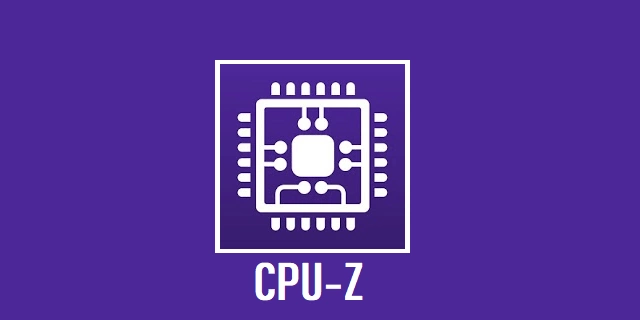CPU-Z is a popular freeware system utility that provides detailed information about your computer's hardware components. Developed by CPUID, this lightweight program has become an industry standard for both casual users and professionals.
The software primarily displays information about the processor, including its name, codename, process, package, cache levels, and real-time clock speed. It also shows details about the motherboard, memory modules (including timing and frequency), and graphics card.
One of CPU-Z's main strengths is its ability to provide accurate real-time monitoring of processor frequency and voltage. This makes it particularly useful for overclockers and system builders who need to verify their system's performance and stability.
The program is known for its user-friendly interface and minimal system resource usage. It's regularly updated to support the latest hardware and is compatible with most Windows operating systems.
Whether you're troubleshooting hardware issues, checking system specifications, or simply curious about your computer's components, CPU-Z is an invaluable tool that provides reliable and detailed hardware information at a glance.
| Aspect | Description |
|---|---|
| General Information | |
| Developer | CPUID |
| Initial Release | 2001 |
| Latest Version | Updates regularly |
| License Type | Freeware |
| Operating System | Windows |
| File Size | ~2-3 MB |
| Main Features | |
| CPU Information | - Processor name and number - Core stepping and process - Package type - Core voltage - Internal and external clocks - Clock multiplier - Partial overclock detection - Cache levels and size |
| Motherboard Information | - Manufacturer - Model - Chipset - BIOS brand and version - Graphic interface |
| Memory Information | - Frequency - Timings - Module specifications - Size - Memory type - SPD (Serial Presence Detect) |
| System Support | |
| Processor Support | - Intel processors - AMD processors - VIA processors - ARM processors |
| Memory Support | - DDR - DDR2 - DDR3 - DDR4 - DDR5 |
| Additional Features | |
| Benchmarking | - CPU benchmark tool - Single-thread performance test - Multi-thread performance test |
| Real-time Monitoring | - Clock speed - Core voltage - Temperature (on supported hardware) |
| Report Generation | - HTML report export - System configuration saving - Validation on CPUID website |
| Professional Version | |
| Additional Features | - Remote monitoring - Command line support - OEM customization - Extended validation options |
| Use Cases | |
| Primary Applications | - System information gathering - Hardware verification - Overclocking monitoring - System troubleshooting - Hardware compatibility checking |
| System Requirements | |
| Minimum Requirements | - Windows XP or later - 32-bit or 64-bit system - Minimal RAM usage - Small disk space |
| File Formats | |
| Export Options | - TXT files - HTML reports - Screenshots - Online validation |
| Interface | |
| GUI Features | - Tab-based interface - Real-time updates - Multiple language support - Minimalistic design |
| Security | |
| Safety Features | - Read-only operations - No system modifications - Safe for hardware |
| Updates | |
| Update Features | - Automatic update checking - New CPU support - Bug fixes - Performance improvements |


